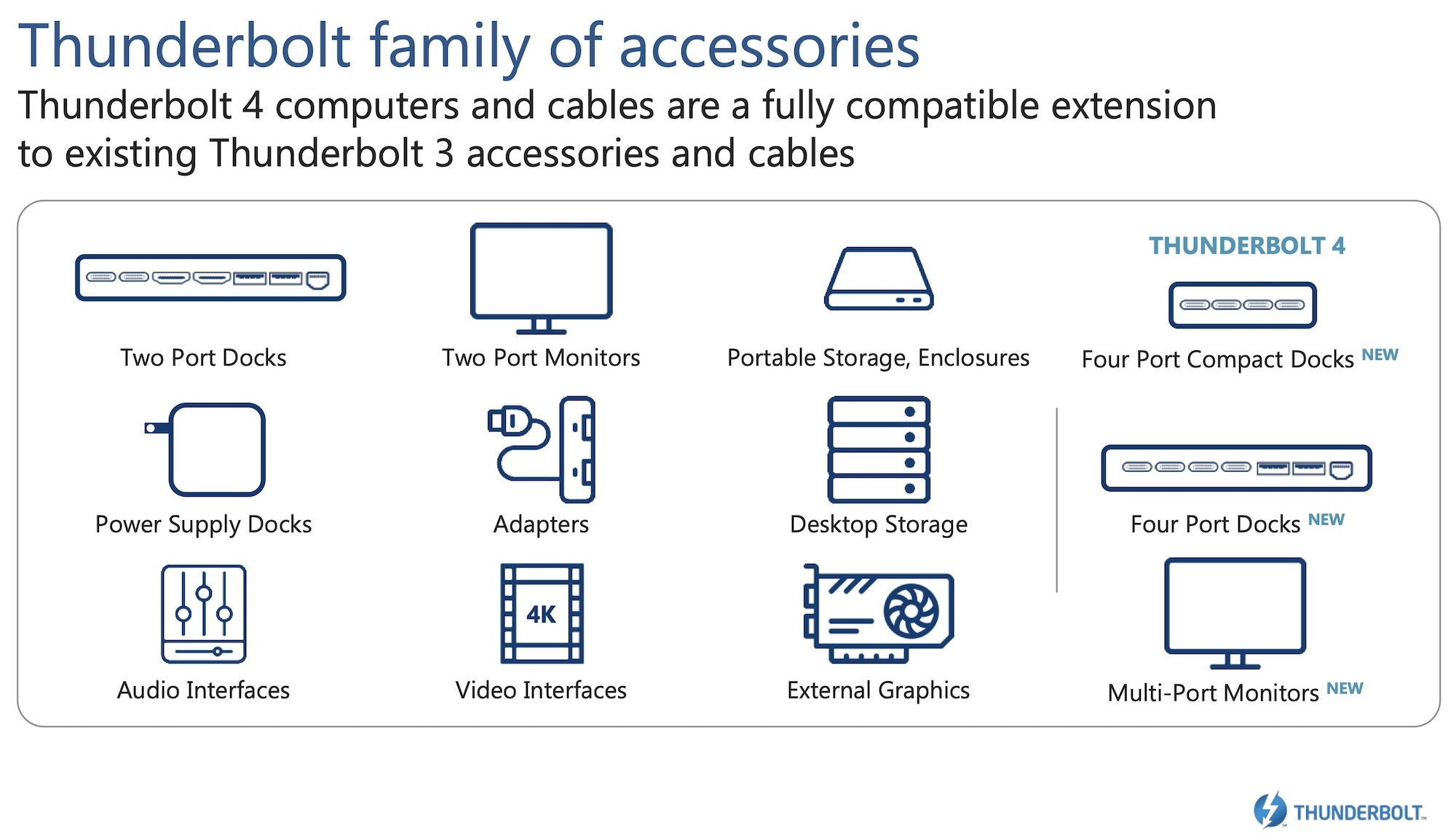Got excited, then read the price. I'm stuck as I've always used Mac Pro's for work and home, have two 12-Core 2013 Mac Pro's with Dual D700's and an attached Pegasus Thunderbolt 2 array simply for external storage when I made the move from my 2012 Mac Pro's (which I updated with Apple genuine parts - Broadcomm WiFiac+BTLE4.x, Sapphire Radeon PULSE 8GB GPU, SATAIII PCIe SSD boot, USB-C 3.1 PCIe, USB-A 3.0 PCIe, LG BDXL burner yet sold it on eBay when the new Mac Pro was announced - and eBay screwed me as they never set the reserve price and someone grabbed it for $750 - I kept the drives).
Not to go further off topic, but when the new Mac Pro was announced I fell off my chair. Yes, for professionals/editors/etc they'll make their money back, yet for prosumers such as myself who owned Power Mac's and Mac Pro's with 2-3 displays, I need something that can handle post work (film and photography) to replace my trash can Mac Pro. I was hoping Apple would at least include basic internal SATA drives for 4 HDD's given the return to the tower so I could ditch my Thunderbolt arrays but they focused on Afterburner and other upgrades that increased the price as the logic board is the most expensive component. The CPU's, GPU's, SSD's, wifi/BTLE, etc are all standard issue yet the logic board drives that sucker up. $4k base would have been gold. I just cannot justify a $6k base tag especially when I'll still need external storage enclosures. The $2200k MPX module for four drives drives that price up further.
Even with my 25% discount and $1400 trade-in, it's still a hefty price point and doesn't check all the boxes. All in one's are out of the question - I'll never use one for my needs and don't need another displays with my 3 LG UltraFine 5K displays.
OWC makes a decent Thunderbolt 3 4 Bay enclosure for around $400. I've been considering one for a year or so but held off. I don't know what I'm going to do moving forward especially as macOS Big Sur is a headache (I've gone way off topic enough lol). Hackintoshing is a fun hobby but not a solution to this dilemma. I simply cannot understand why Apple didn't build out the new Mac Pro with a wider range of BTO's, allowing those of us the ability to at least grab one at $4k and those who need a heavy lifter could simply BTO a loaded system. Apple would at least be able to sell them in stores and sell more. I know dozens off the top of my head that have backed off because of it. Then the $6k display and $999 stand. Apple's got balls.



